Ever stop to think about what ties together the cars we drive, the buildings that scrape our city skylines, and even those stainless steel kitchen gadgets you can’t live without? It’s steel, and it’s everywhere. But behind every ton of steel, there’s fierce competition and some wild stories about who really dominates this industry. This isn’t a tale of slow-moving machinery or corporate jargon; it’s a race for power, innovation, and massive global influence.
ArcelorMittal: The Real Heavyweight in Steel
If you ask, “Who is the biggest steel company in the world?” you’ll hear one answer float up every time—ArcelorMittal. This company doesn’t just make steel; it shapes skylines, driveways, railroads, and pretty much anything demanding real strength. Headquartered in Luxembourg, ArcelorMittal has been the world’s largest steel producer by volume for years, and it isn’t even close. As of 2024, their crude steel production reached a jaw-dropping 68.3 million metric tons, putting clear daylight between them and the next player, China Baowu Group, which cranked out about 130 million tons but operates in a different corporate structure—partly as a state entity. What’s fascinating is ArcelorMittal’s origin story: it’s a mashup born in 2006 from two major steel giants—Arcelor and Mittal Steel Company—creating a global force spanning over 60 countries.
There’s more to ArcelorMittal than just huge numbers. Its impact covers mining (because, let’s face it, you can’t make steel without iron ore), to research and development powerhouses scattered across continents. Picture this: they employ over 150,000 people worldwide, and their facilities dot every continent except Antarctica. Those jobs aren’t just in steelmills—they reach tech labs, mining outfits, and massive logistics hubs.
But why does scale matter in steel? For one, it means better negotiating for raw materials, spreading risk across global markets, and an R&D budget that smaller rivals just can’t match. ArcelorMittal’s innovation shows up in lighter, stronger automotive steels (used by brands like Ford and BMW) and eco-friendly solutions like their XCarb® steel, designed to lower the carbon footprint for big industry clients. Being this big means, if ArcelorMittal tweaks its supply chain or pricing, the whole industry feels the ripple.
Here’s what their dominance looks like on paper:
| Year | Crude Steel Production (million metric tons) | Revenue (billion USD) | Employees |
|---|---|---|---|
| 2022 | 59.0 | 79.8 | 154,000 |
| 2023 | 68.3 | 81.6 | 153,000 |
| 2024 | 68.3 | 82.1 | 150,000 |
What makes ArcelorMittal tick is an odd mix—being huge, but always hustling. Lakshmi Mittal, the founder, snagged global headlines with his aggressive takeovers, and even today, the company rarely stands still. According to the World Steel Association, “ArcelorMittal continues to push boundaries in both sustainable practices and output at a scale unmatched in the private sector.”
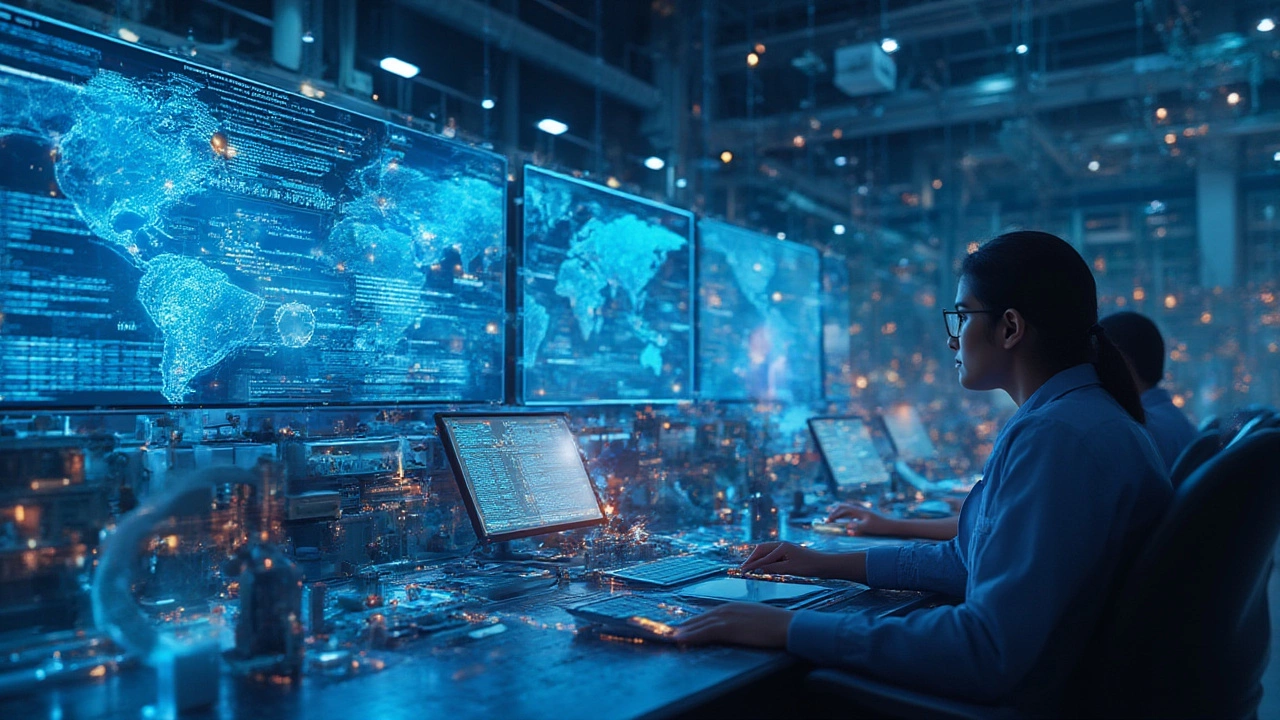
How ArcelorMittal Changed the Game
Size alone doesn’t make a winner. The steel industry is cutthroat, plagued by wild price swings, trade wars, and shifting demands—one year it’s bridges and cars, the next it's wind turbines and skyscrapers. What gave ArcelorMittal the edge isn’t just churning out more tons; it’s adaptability. For instance, after becoming a global leader in automotive steel, they pushed harder into green technologies. They funnel billions into new plants that recycle CO2 emissions, hitting sustainability targets that make governments and investors look twice.
The company’s roots go back to the 1970s, when Lakshmi Mittal started out in India, buying up sick mills and turning them around. By the early 2000s, the strategy shifted—grab mills in Eastern Europe, South America, and even the U.S., stitching together a web of plants that could serve markets right where they were. This meant less transportation, localized expertise, and the power to ride out economic shocks in any one country.
One of ArcelorMittal’s signature moves? Investing in tech that actually changed how steel is made. They’ve helped develop steel for electric vehicles that’s lighter but just as strong, slashing car weights and boosting efficiency. Their laser-welded blanks for the automotive industry boosted the strength of car bodies, making them safer without the bulk. They even built World Auto Steel’s Ultralight Steel Auto Body, which turned heads among engineers everywhere. According to Aditya Mittal, CEO since 2021, “Our vision is steel with zero carbon emissions. Anything less means standing still, and this company doesn’t do that.”
They’re also deep in mining. Most steel companies buy iron ore on the open market, but ArcelorMittal owns mines, giving them an edge when prices spike. This kind of vertical integration lets them control everything from digging up ores to shipping the final product, shrinking costs and boosting flexibility. They’re heavily invested in Canada, Brazil, and Africa, mining not just iron but coal and other metals.
Partnership is another piece. They form joint ventures with local producers in places like India, China, and Saudi Arabia, bringing global best practices but also learning how each market ticks. If new government policies or demand shifts, ArcelorMittal can quickly shift gears and stay profitable. Their presence in South Africa, for instance, means that when demand in Europe slumps, they keep mills running by chasing new projects in Africa or Asia.
Let’s not skip over safety. The company has come under fire in the past, especially with some high-profile accidents in its early years. But instead of brushing it off, they brought in new safety protocols, invested in worker training, and set strict global standards. Fatalities in their plants have dropped sharply over the last decade—not perfect, but much better. This effort is important for morale and investor confidence; nobody wants to buy steel from a company with a bad safety rap.
And it’s not just about making stuff. ArcelorMittal invests big in communities, from building schools to funding local health initiatives in places where they operate. They see it as a win-win. Happier, healthier communities are more stable, and having a good reputation helps during tough contract negotiations.
To give you a sense of their reach, here’s a simple rundown:
- Worldwide operations: Plants and mines in over 60 nations.
- Markets served: Automotive, construction, appliances, packaging, energy, and more.
- Main products: Long products (rails, beams), flat products (plates, sheets), specialty steels (for aerospace, medical tech).
- Customers: Automakers like BMW, Ford, and Toyota; builders of bridges, pipelines, and oil rigs.
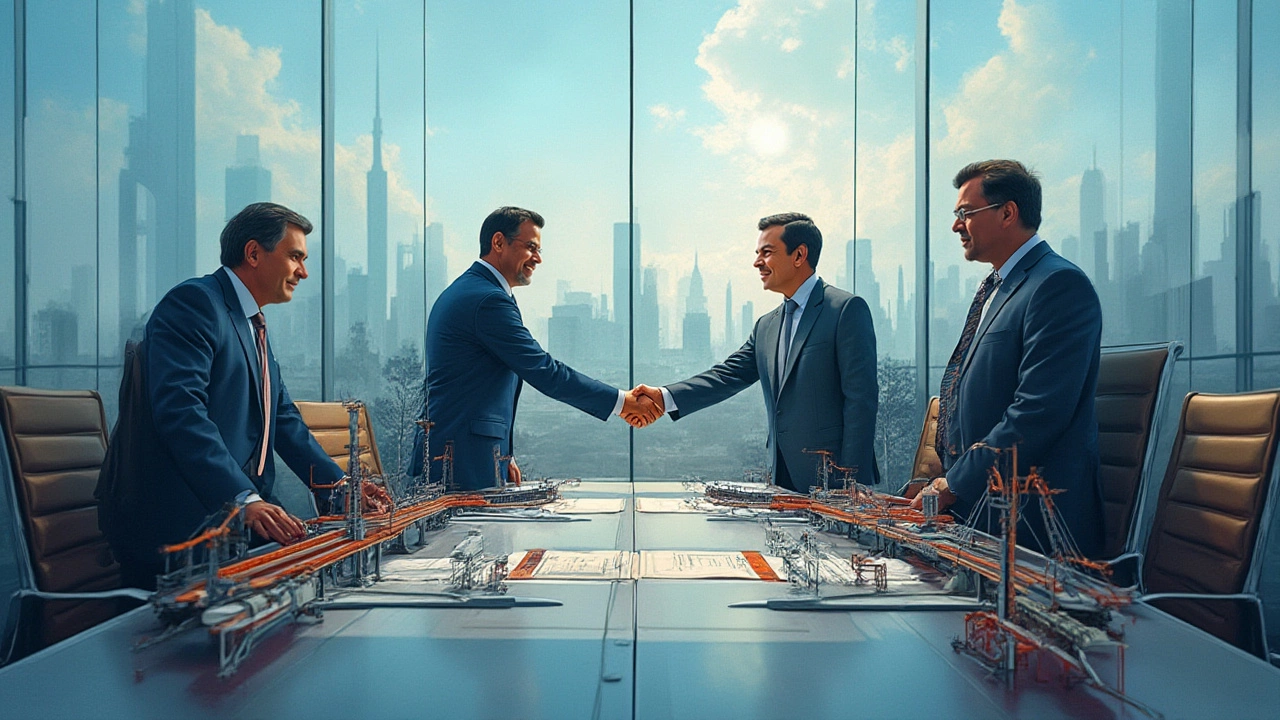
The Future of Steel: Innovation, Competition, and Impact
The steel industry isn’t set in stone (pun intended). It faces huge challenges: climate change, stricter government rules, changing tech, and fierce competition, especially from state-backed Chinese giants. But ArcelorMittal’s response is clear—they double down on innovation and sustainability to keep ahead. They’re putting major resources into hydrogen-based steelmaking, aiming for cleaner production. At their Ghent plant in Belgium, they’ve piloted a system that uses waste gases to make bioethanol—something other steelmakers are just starting to try. It’s not marketing fluff; these green moves matter to investors and customers alike.
Another piece is digital transformation. ArcelorMittal invests in AI for tracking plant efficiency, quality control, and supply chain logistics—improving uptime and predicting when equipment needs fixing before it breaks down. This is how a massive company keeps nimble. In South America, they use automated cranes and robots at their docks to load steel slabs, cutting costs and improving safety. In Canada, smart sensors in their mining trucks reduce accidents and boost productivity. These investments are expensive, but they let ArcelorMittal move faster than rivals stuck with old systems.
Don’t forget about competition. China Baowu Group is the reason the numbers game is even interesting at the top. China Baowu’s state-backed muscle means cheap credit and easy access to the world’s biggest steel demand. Yet, for now, *ArcelorMittal* remains the biggest private player—something that matters if you’re tracking free market champions versus government-backed enterprises.
Prices will bounce, demand will rise and fall, but ArcelorMittal seems set to hold the lead for now. Their commitment to slashing carbon emissions stands out—in 2023, they pledged $10 billion in green investments by 2030. The first batch of their XCarb® green steel is already hitting European markets, and carmakers love it for ticking both strength and carbon boxes.
Let’s pull up some recent stats to show just how massive ArcelorMittal’s impact is:
| Metric | 2023 Result |
|---|---|
| R&D Spending | $400 million |
| CO2 emissions reduction (since 2018) | 16% |
| Green steel produced | 2.1 million tons |
| Major acquisition | Liberty Steel USA Assets |
As the global push for less polluting materials heats up, ArcelorMittal is forging ahead with fresh ideas, trying to make steel not just tougher and cheaper, but also cleaner. Their roadmap puts big money behind hydrogen, carbon capture, and alternative fuels—moves that might just set the new global standard.
This isn’t just about business. How ArcelorMittal moves shapes jobs, infrastructure, and even the pace of the green shift around the world. The next time you walk over a bridge, see a tower crane at dawn, or hop in a car, you’re probably using steel touched by this giant. As the steel race continues, the world is still betting that ArcelorMittal will keep its crown—at least until someone comes up with a better, cheaper, and cleaner way to do things.


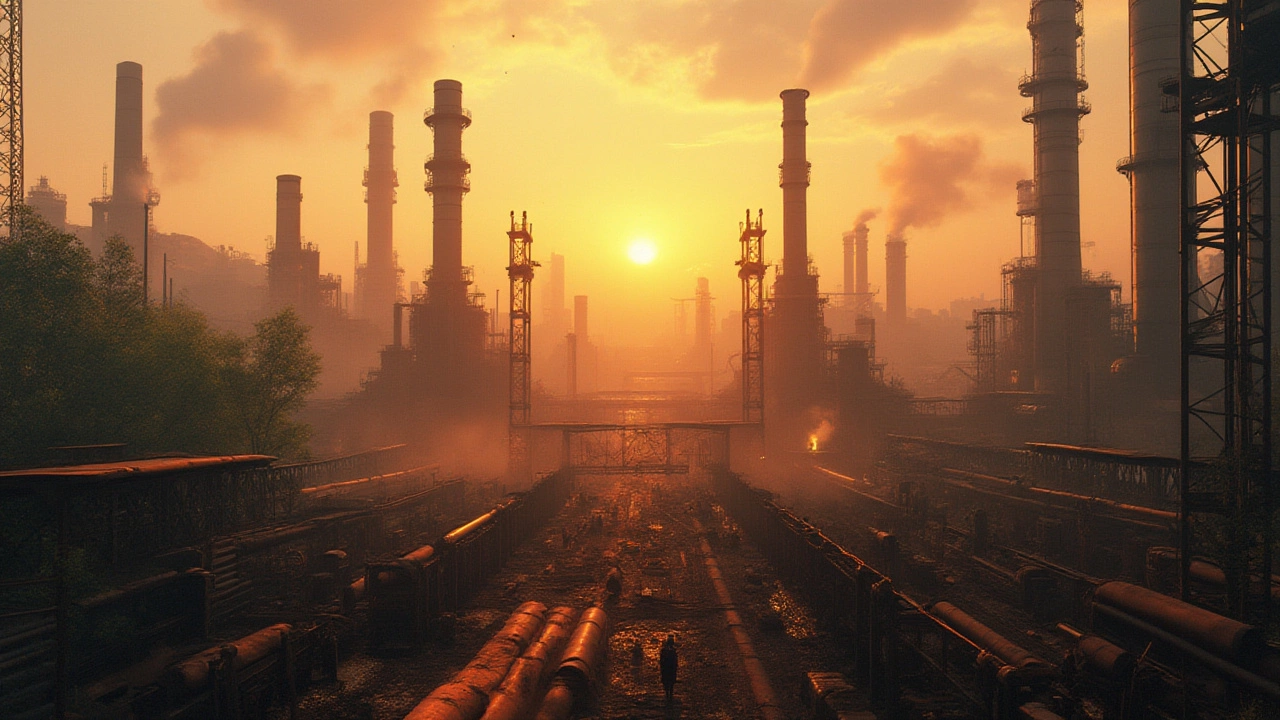

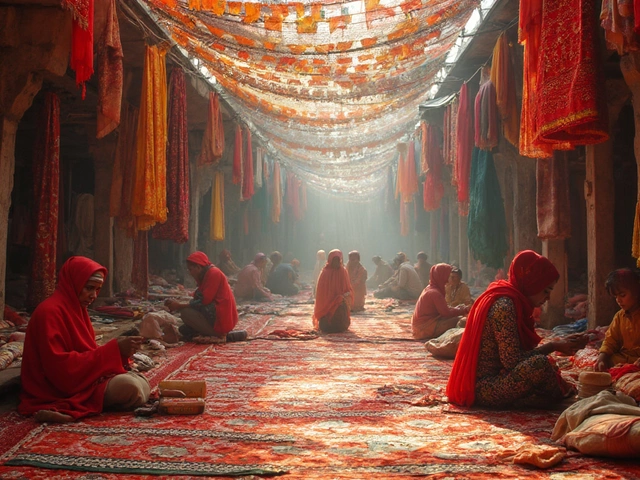
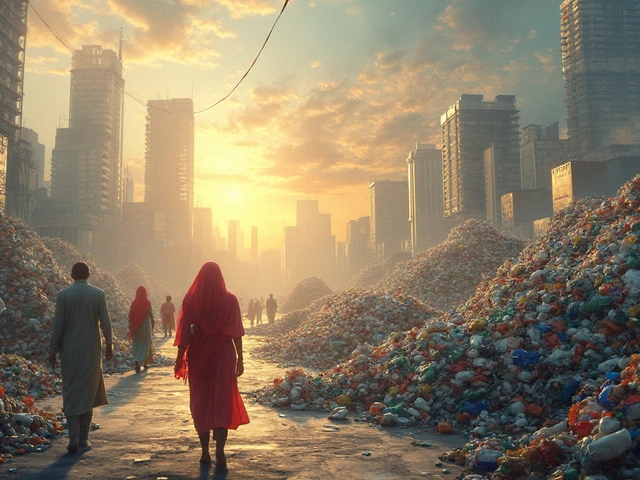
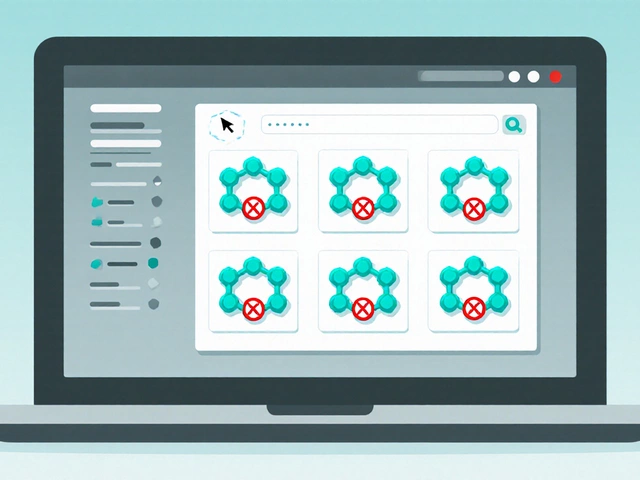
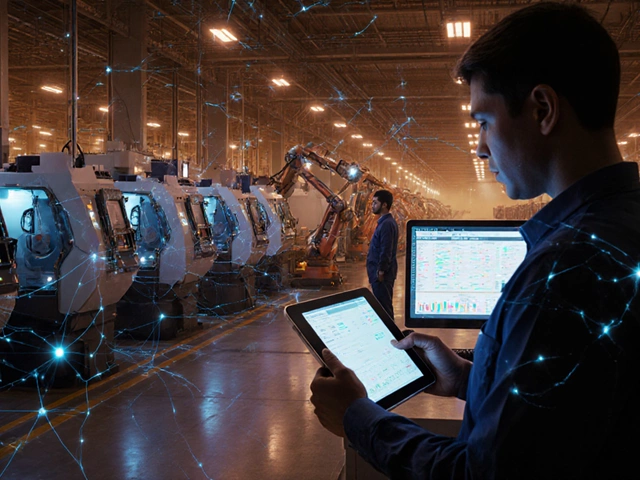
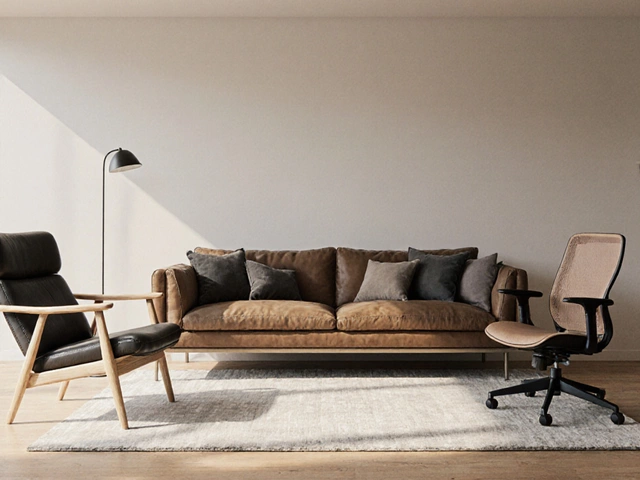
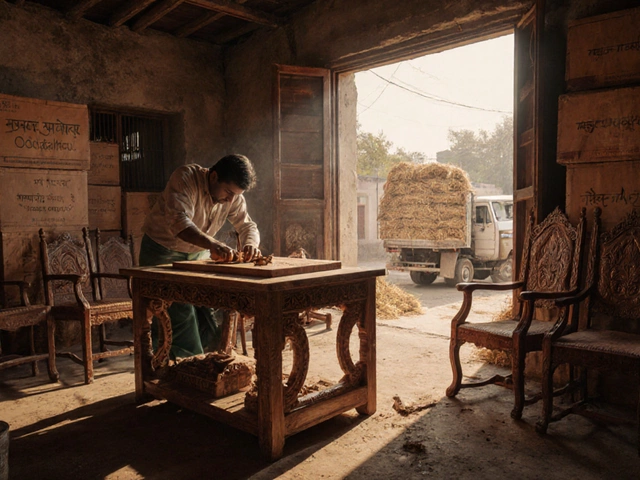
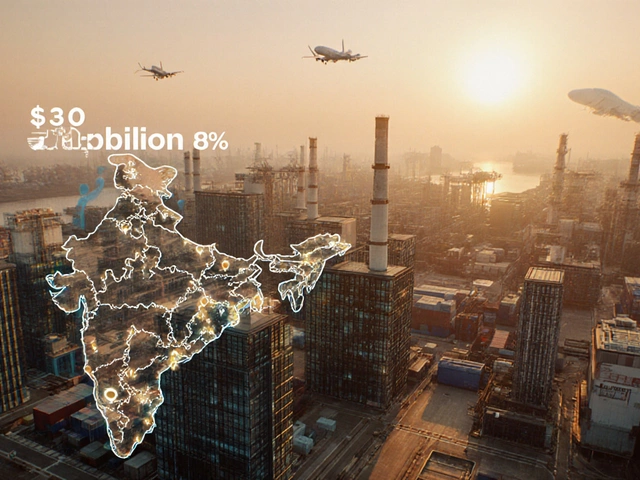
Write a comment